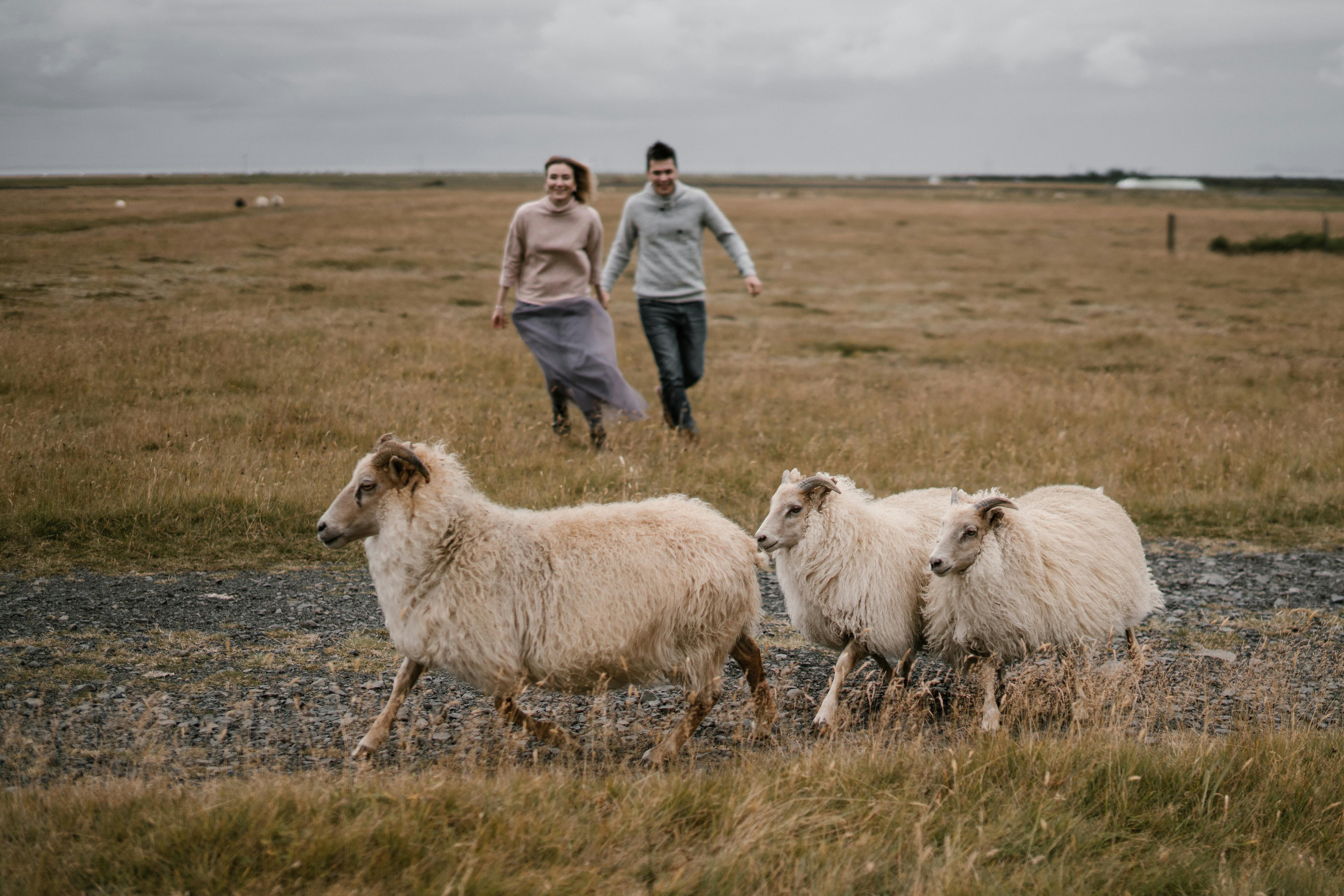The most important Russian holiday is New Year’s Day, January 1. During the Soviet era, people were not allowed to celebrate Christmas, so the New Year became the most important holiday. New Years is a public holiday, while Christmas is more of a private family holiday. Happy New Year in Russian is ‘Snovum Godom’.
Russian Orthodox Christmas is celebrated on January 7. This is the day equivalent to December 25 in the old Russian calendar. Russians also celebrate ‘Catholic Christmas’ on December 25 and the old Russian New Year’s Day of January 14 on the Julian calendar, which they used until 1918.
Russians celebrate more holidays than Hallmark cards. It’s just one more reason to pull the cork out of the vodka bottle.
The most important holiday as far as Russian women are concerned is “International Women’s Day”. This is March 8. This holiday, which Americans have never heard of, is like Valentine’s Day, Mother’s Day, and her birthday all rolled into one. On this day, men do all the housework. They treat the woman of the house like Queen for a Day. They buy her a nice gift and maybe flowers.
A piece of advice: remember this day as you would your anniversary, her birthday, Valentine’s Day and Mother’s Day. It is that important for a Russian woman.
One big difference between Russia and the United States is that Russians do not celebrate Thanksgiving, Mother’s Day, or Father’s Day. They don’t celebrate any of the ethnic holidays that America has like St. Patrick’s Day, Columbus Day, or Martin Luther King Day, although I’m sure they could support the spirit of St. Patrick’s Day 100 percent.
Each former Soviet republic has its own independence day that is celebrated as Independence Day in the United States, although not to the same extent that it is celebrated in the United States.
May 9 is Victory Day, where Russians celebrate victory in the great Patriotic War, what we call World War II. Every man who is a veteran is treated like a general on this day. Much is drunk and celebrated to honor conquering war heroes.
November 7 is the Soviet holiday commemorating the October Revolution (which actually took place in November), when the Bolsheviks seized power from the Tsar. The reason it is called the October Revolution is because it was in the month of October in the old Russian calendar.
Remember the parades on Red Square. During this holiday, Soviet leaders wore those big Russian fur hats while standing on Lenin’s grave.
Pascha is the Russian Orthodox equivalent of the Catholic Easter. Easter is the first Sunday following the first full moon after the vernal equinox (March 21). Easter is the first Sunday following the first full moon after the vernal equinox and the Jewish Passover.
This was the date the Christian Church originally celebrated Passover, the Jewish religious holiday when the Lord passed over the homes of the Israelites during the plagues Moses sent on the Egyptians for holding the Israelites captive. The last plague, or curse, was that the firstborn of all the earth would perish.
The Israelites were to sacrifice a lamb to God and put the blood of the lamb on their doorstep. By doing so, they would be bypassed by the plague and their firstborn would be spared.
For Christians, Jesus represented the Lamb of God. He was the paschal lamb. He was the Lamb who was sacrificed to save the souls of all people, not just the firstborn sons of the Israelites.
Jesus came to Jerusalem during Passover and was crucified just after Passover. The Orthodox celebrate Pascha (The Passion) after Easter for this reason.
